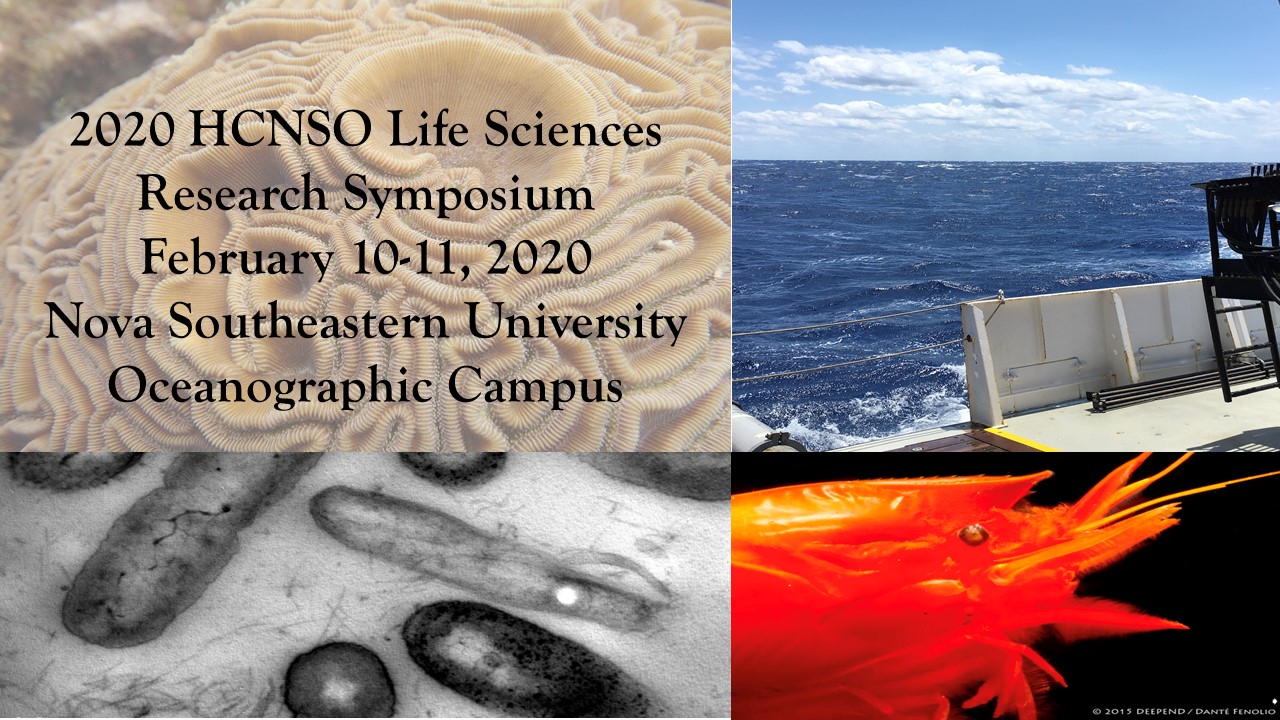Title
INCORPORATING STOCHASTICITY INTO LIFE HISTORY PARAMETERS OF AGE-CLASSIFIED MATRIX MODELS
Start
2-10-2020 3:00 PM
End
2-10-2020 3:30 PM
Type of Presentation
Poster Presentation
Abstract
There is inherent difficulty in assessing population trends of highly mobile marine organisms such as loggerhead turtles. Accurate assessments of their population dynamics are critical for management of these imperiled species. Matrix models are useful tools in aiding management decisions for these populations. Within current age-classified matrix models, survivorship values are represented for each year of life, one year per column, with fecundity values populated along the top row of adult class columns. As female loggerheads do not typically breed every year (spending 1-5 years on foraging grounds between breeding seasons), varying remigration intervals must be incorporated into the adult life stage of the matrix. Previous models have used static averages, garnered from the literature, to represent survival, reproduction, and remigration rates. Representing complexities such as these with averages can be misleading. Static rates smooth over stochastic, naturally occurring events that may drastically impact populations (e.g., major hurricanes). To elucidate the variability of natural life histories, we propose a model that incorporates a multiyear breeder/adult stage and accommodates variations in life history parameters throughout the matrix. We created a repeating breeder-class matrix by factoring year-specific transition probabilities (representing the adjusted proportion of adult class individuals that breed and restart their specific breeding cycle) into their survivorship and fecundity values. We randomly populated these values individually throughout the matrix, constructing a new matrix for each year of the projection, mimicking natural fluctuations in survivorship and reproductive success.
Our model includes four life stages (three non-adult and one multiyear breeder/adult stage). We applied four conservation scenarios to the model and calculated the population rate of change (λ), sensitivity, and elasticity for each. By explicitly accommodating a range of survival rates in each matrix, our model seeks to minimize the intrinsic sensitivity of matrices constrained to fixed rates, producing more accurate population projections.
INCORPORATING STOCHASTICITY INTO LIFE HISTORY PARAMETERS OF AGE-CLASSIFIED MATRIX MODELS
There is inherent difficulty in assessing population trends of highly mobile marine organisms such as loggerhead turtles. Accurate assessments of their population dynamics are critical for management of these imperiled species. Matrix models are useful tools in aiding management decisions for these populations. Within current age-classified matrix models, survivorship values are represented for each year of life, one year per column, with fecundity values populated along the top row of adult class columns. As female loggerheads do not typically breed every year (spending 1-5 years on foraging grounds between breeding seasons), varying remigration intervals must be incorporated into the adult life stage of the matrix. Previous models have used static averages, garnered from the literature, to represent survival, reproduction, and remigration rates. Representing complexities such as these with averages can be misleading. Static rates smooth over stochastic, naturally occurring events that may drastically impact populations (e.g., major hurricanes). To elucidate the variability of natural life histories, we propose a model that incorporates a multiyear breeder/adult stage and accommodates variations in life history parameters throughout the matrix. We created a repeating breeder-class matrix by factoring year-specific transition probabilities (representing the adjusted proportion of adult class individuals that breed and restart their specific breeding cycle) into their survivorship and fecundity values. We randomly populated these values individually throughout the matrix, constructing a new matrix for each year of the projection, mimicking natural fluctuations in survivorship and reproductive success.
Our model includes four life stages (three non-adult and one multiyear breeder/adult stage). We applied four conservation scenarios to the model and calculated the population rate of change (λ), sensitivity, and elasticity for each. By explicitly accommodating a range of survival rates in each matrix, our model seeks to minimize the intrinsic sensitivity of matrices constrained to fixed rates, producing more accurate population projections.


